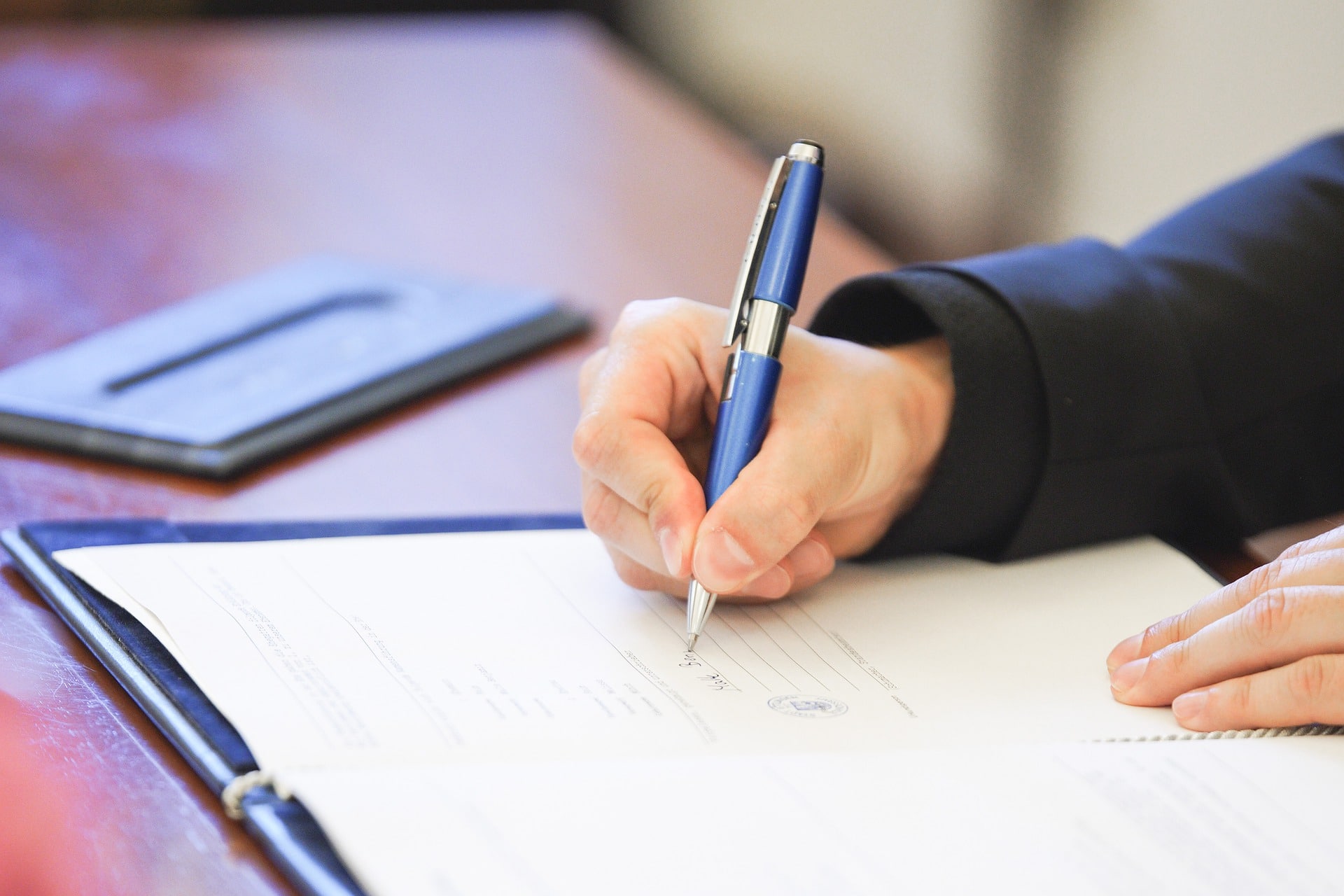
Table of Contents
When you cosign a loan for a friend or family member, you’re taking responsibility for paying that debt if the borrower doesn’t. In fact, many lenders will actually set you up as a co-borrower. That means that you’re not just on the hook if the borrower defaults. Instead, the loan appears as an obligation on your credit report, and any late payments will reflect poorly on you.
If you’re doing your homework before cosigning, consider carefully how likely you think the borrower is to make timely payments on the debt, and whether you can afford to absorb the debt if they don’t. Also think about any big-ticket purchases you may be considering yourself, as that added obligation on your credit report can cut into your own access to credit.
But what if you’ve already signed, and now the borrower is filing bankruptcy? The answer depends in part on which type of bankruptcy the borrower files, and in part on the type of debt and how the borrower handles it in bankruptcy.
Cosigners in Chapter 7 v. Chapter 13
The Automatic Stay
In most consumer bankruptcy cases, an automatic stay stops collection action as soon as the case is filed. An automatic stay is generally issued in both Chapter 7 and Chapter 13 bankruptcy cases.
For a cosigner, though, there’s one big difference between the two chapters. In a Chapter 13 case, where the person filing the case is paying the debts back in full, the automatic stay extends to the cosigner. That means as long as the stay is in effect, the creditor can’t come after the cosigner. That’s not true in Chapter 7. The automatic stay in a Chapter 7 case only protects the person filing bankruptcy, which means the creditor can pursue payment from the cosigner right away.
Secured Debt
In both Chapter 7 and Chapter 13 cases, the impact of a secured debt on a cosigner depends on what the debtor decides to do about the debt. Imagine, for example, that you’ve cosigned on an automobile loan for your brother. Your brother files bankruptcy with $7,000 still outstanding on the loan.
In a Chapter 7 case, your brother may reaffirm the loan. That means he enters into an agreement with the creditor to pay off the balance despite the bankruptcy filing. The debt is not discharged in the bankruptcy case, and your brother remains responsible for payment. So do you.
The greater risk for you as a cosigner is that your brother decides the car isn’t worth $7,000, or that he can’t afford to keep making payments after the bankruptcy. So, he returns the car and discharges the debt in bankruptcy. He’s in the clear, but you’re still responsible for the debt. If the lender auctions the car and only gets $4,000 after costs, there’s a $3,000 balance remaining–and you are legally obligated to pay it.
The creditor can generally take any action against you that they could the borrower, including negative credit reporting, turning the account over to a collection agency or selling it to a debt buyer, calling, sending collection letters, and even filing a debt collection lawsuit against you.
In Chapter 13, repayment or surrender of the vehicle works a little differently, but the bottom line is the same. If your brother includes the vehicle in the Chapter 13 plan and continues to make payments on the past-due amount through the plan while also making current payments, the automatic stay will continue to protect you. But, if the debt isn’t included in the plan at all, or is not being paid in full through the plan, the creditor may be able to ask the court to lift the automatic stay so they can pursue collection action against you.
Next Steps for Cosigners Following A Bankruptcy Filing
Ideally, the friend or family member you cosigned for will warn you before filing bankruptcy. If that doesn’t happen, though, you’ll receive an official notice. As a co-borrower, you must be listed on the bankruptcy petition and will receive information directly from the bankruptcy court.
You may want to consult your own attorney about the best way to minimize the damage. For instance, you may want to:
- Take over payments on the loan right away, particularly in a Chapter 7 case, to avoid negative credit reporting while the case is pending
- Reach out to the creditor to negotiate a settlement of the balance, or pay the balance in full, to avoid collection action and negative credit reporting
- Refinancing to pay off the loan and then make payments under a fresh agreement in your name only
- Depending on your financial situation, consider filing bankruptcy yourself to avoid responsibility for someone else’s debt
Many people in this situation want to secure a promise from the borrower to pay them back when the bankruptcy is over. A person who files bankruptcy is free to voluntarily repay debts that were discharged in bankruptcy, and may even decide after the bankruptcy case to enter into a new agreement to repay that debt. But, if the debt is discharged, the borrower is under no legal obligation to make payment.
The best solution will depend on a wide variety of factors, including your credit history, your access to credit, your ability to take over payments or make a lump sum payment, your other debts, and how the borrower plans to handle the debt in the bankruptcy case.
An experienced Los Angeles bankruptcy attorney can be your best source of information about your best next steps, particularly if you are unable to cover the debt and/or have significant other debt. To learn more, call 877-439-9717 or fill out the contact form on this page.
